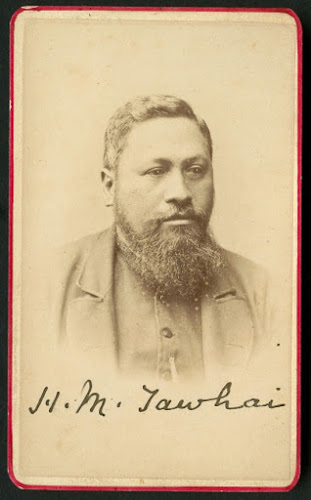Street Talk: History, Myth and Memory on the Waikato Frontier
The New Zealand Journal of Public History has just published a special issue devoted to the theme of history and reconciliation. Leah Bell's contribution, 'Difficult Histories', based on her presentation to the New Zealand Historical Association conference at Victoria University of Wellington in November 2019, is essential reading.
Leah presented this as part of a roundtable session for the Marsden Fund project that I am co-Principal Investigator on (with Professor Joanna Kidman), on how the New Zealand Wars have been remembered and forgotten.
My own contribution to the NZJPH special issue explores the intersection of history, memory and myth on the Waikato frontier. It focuses on the small rural town of Kihikihi, just inside the 1.2 million acre area confiscated by the Crown in the wake of its invasion of Waikato in 1863, the Puniu River southern boundary of which also served as the northern aukati line marking the limits of the King Country district that Māori survivors of that conflict took shelter in after 1864.
Kihikihi is also a short distance from Ōrākau, the site of the final battle of the Waikato War. It is a history that many Pākehā long mythologised or later turned their backs on altogether. But as I note in the article, for the Māori residents of Kihikihi reminders of that traumatic and painful history are everywhere. Even in the town's street signs.




Comments
Post a Comment